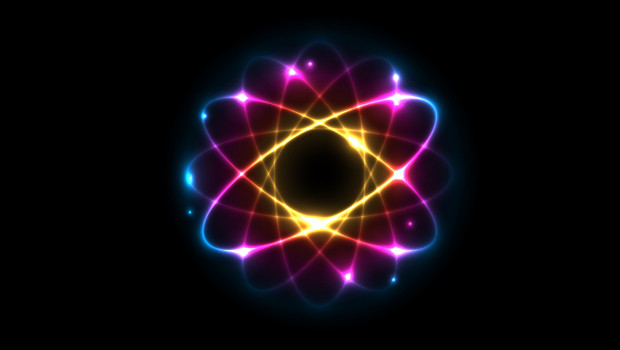Researchers in the Netherlands are applying quantum physics in an attempt to create fraud-proof credit cards and ID cards.
The approach, which they call Quantum-Secure Authentication (QSA), Centres on single particles of light, or photons, and their ability to encode data so that attackers cannot determine what the information is. It exploits a property of photons that allows them to effectively be in multiple places at once, a phenomenon described in quantum physics.
“Quantum-physical principles forbid an attacker to fully characterise the incident light pulse,” the researchers wrote in an article in the journal Optica [http://www.opticsinfobase.org/optica/abstract.cfm?uri=optica-1-6-421]. “Therefore, he cannot emulate the key by digitally constructing the expected optical response, even if all information about the key is publicly known.”
The researchers at the University of Twente and Eindhoven University of Technology coated a credit card with a thin layer of white paint containing millions of nanoparticles. When light hits the nanoparticles, it bounces around until it escapes, creating a unique pattern that depends on the precise position of the particles in the paint. The card is “enrolled” in the system by recording the way that it reflects light.
To authenticate the card, a bank machine showers the paint with a pulse of light that is unique to each transaction. When the correct tell-tale pattern of light emerges as an “answer” to the bank’s “question,” the card can be authenticated.
While an attacker could measure the entire incoming light pattern and then use a projector to return the correct answer, the ability of photons to be in multiple places at once allows the bank to create the complex light question with only a small number of photons, or even just one. Due to the characteristics of quantum physics, an attempt to observe the question and answer process between a reader and the card would destroy the information in the transmission, making it more secure.
“Even if somebody has the full information of how the card is built, technology does not allow him to build a copy,” lead author Pepijn Pinkse of the University of Twente said via email. “The nanoparticles are too small and there are too many of them which need to be positioned with too high accuracy.”
The approach could be used in everything from authenticating passports to opening electronic locks on car doors or accessing secure areas such as government buildings.
Pinkse said paint would not be used in practise because it is too soft and not stable under temperature and humidity changes. White ceramics could do the job and remain stable and durable, he added.
The approach uses simple, relatively cheap and readily available technology such as lasers and projectors. Pinkse said that if mass-produced, a readout device wouldn’t cost more than a projector phone at about $1,000 since it has the necessary components.
Tim Hornyak, IDG News Service






Subscribers 0
Fans 0
Followers 0
Followers